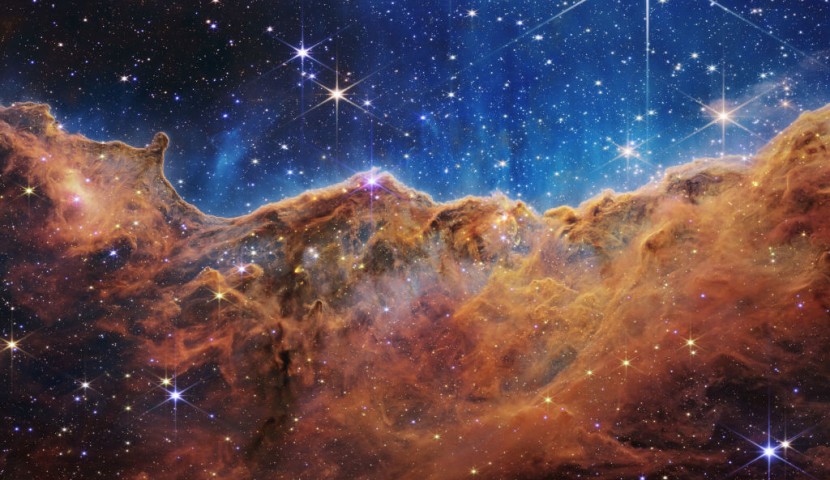
NASA's James Webb Space Telescope successfully captured a stunning photograph of the famous Pillars of creation, a popular celestial sight in the cosmos.
The image also reveals new details of the region's collection of dust and gas and was announced on Wednesday by the space agency. The photograph is the latest cosmic image from the Webb observatory and adds to the telescope's already impressive array of photographs.
Pillars of Creation
An astrobiologist at the Planetary Science Institute, David Grinspoon, called the latest image from Webb "just spectacular beyond words." In a Twitter post, the expert said, "Oh. My. Universe."
The Pillars of Creation is located at the center of a stellar nursery known as the Eagle Nebula or otherwise called Messier 16, and is found roughly 6,500 light-years away from our planet. The two form a scene that shows wispy towers of gas and dust, which resemble rock formations found on Earth.
Previously, the Hubble Space Telescope was able to capture an image of the scene back in 1995 and once again in 2014. But with the Webb telescope's new point of view and more powerful image-capturing capabilities, it can penetrate through some of the dust to reveal more of the region's newly-formed stars, as per NBC News.
The stars, which are estimated to be only a few hundred thousand years old, are seen as bright red orbs in Webb's image. Newly-formed stars are found within clouds of dust and gas as dense clumps of gas mass that collapse under their own gravity and begin to heat up.
Webb was able to capture an image of the dynamic journey in progress, said the associate administrator of NASA's Science Mission Directorate, Thomas Zurbuchen. He posted on Twitter that the wavy lines that look like lava found at the edges of the pillars are baby stars forming within the gas and dust within the region.
According to NASA, young stars are known to periodically shoot out supersonic jets that collide with clouds of material, such as the pillars. This would sometimes result in bow shocks, which can form wavy patterns similar to a boat as it moves through the water.
Newborn Stars
The crimson glow of the stars comes from the energetic hydrogen molecules that result from jets and shocks. This could be seen in the second and third pillars from the top as Webb's Near-Infrared Camera (NIRCam) image is pulsing with their activity.
While at first, it may appear that near-infrared light allowed Webb to pierce through the clouds to reveal the stars, there are no galaxies in this view. However, it shows a mix of translucent gas and dust known as the interstellar medium found in the densest part of our Milky Way galaxy's disk, blocking our view of the deeper parts of the universe.
A Senior Advisor for Science at the European Space Agency, Prof. Mark McCaughrean, said that he has been studying the Eagle Nebular since the mid-1990s in an attempt to see "inside" the light-years long pillars. McCaughrean said that he expected the images taken by Webb to be stunning, and they did not disappoint, BBC reported.
Related Article: [LOOK] NASA Telescope Detects Brightest Explosion from Space as Star Collapses Into Black Hole









